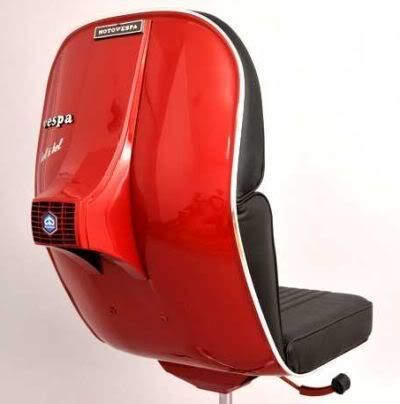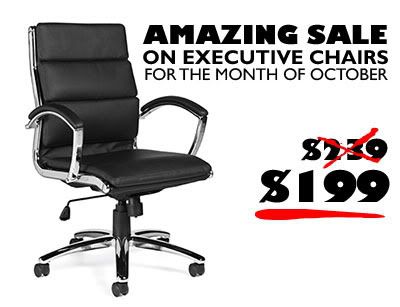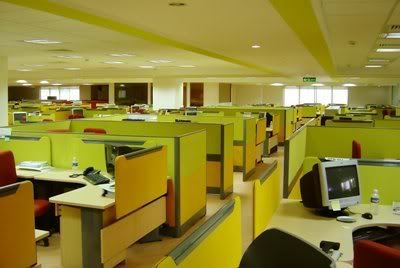Posted by: Mitchell H. Kirsch
Category: Interior Design, Office Furniture
Tags: facility manager, furniture, news, Office Furniture, remanufactured
Modular Furniture – Godsend for Facility Managers.
Facility managers take note – modular furniture is your friend. Today’s Facility Manager chimes in with some useful tips for managing office furniture, when the time comes to move ’em around your territory.
Furniture that can be easily moved around is key. Ease of disassembly is another attractive characteristic for many FM’s. And it’s worth noting that this advantage is not limited to chairs, desks, storage, and the like.
“Modular interior construction is finally beginning to realize its potential,” observes Mark Paul, national sales manager for OM Workspace based in Naperville, IL. “Many buildings use movable walls, raised floors, sound masking systems, and indirect lighting fixtures to [facilitate easily reconfigured space.]”facilities management furniture trends
Wait, isn’t modular furniture expensive? Not anymore; one side-effect of the recession is a glut in used office furniture, and a corresponding surfeit of remanufactured office furniture that’s practically indistinguishable from brand new, but comes at a lower cost.
This provides an advantage for the facility manager with one eye to the future, and another on his bottom line.
Modular office furniture is not only adequately represented in remanufactured furniture catalogs (such as Cubicles.com’s extensive inventory of remanufactured furniture by Herman Miller – watch out, it’s in PDF). Modular office furniture’s increasing versatility and interchangeability offers the following advantages highly sought after by facility managers:
Adaptability: such furniture can be reconfigured to serve a variety of job types. They can be adapted to current usage, or put away when downsizing or restructuring occurs.
Compatibility: remanufactured office furniture catalogs allow facility managers to match newly-purchased furniture to existing product lines – minimizing the mismatch that often comes when the manager has to wait long periods before purchasing new furniture.
Customization: remanufactured office furniture allows a high degree of customization when called for. Call center operators and vice presidents have very different needs – a facility manager ought to be able to provide for the needs of both.
Mona Hoffman, vice president of marketing at Kimball Office in Jasper, IN, notes the way the wind is blowing for facility managers. “There is a need for multipurpose products that easily adapt to changing footprints and flex with the flow of people and projects,” Hoffman reports.




